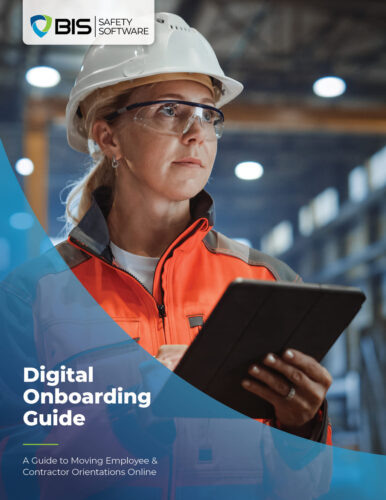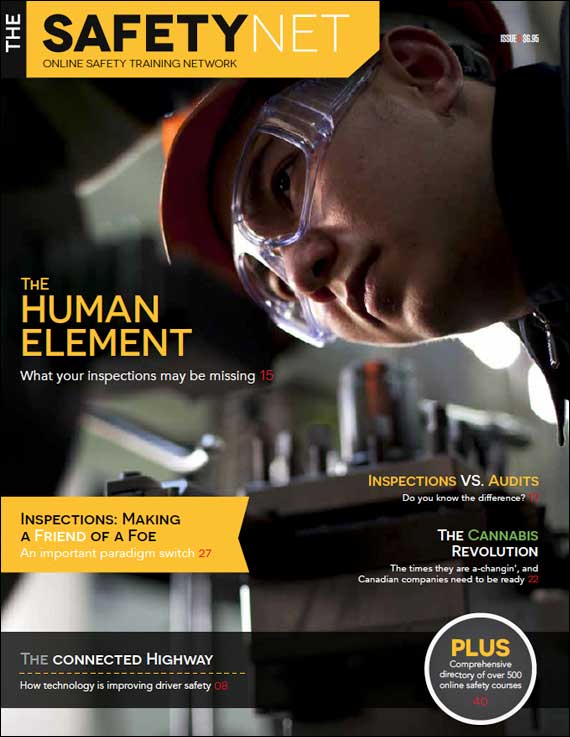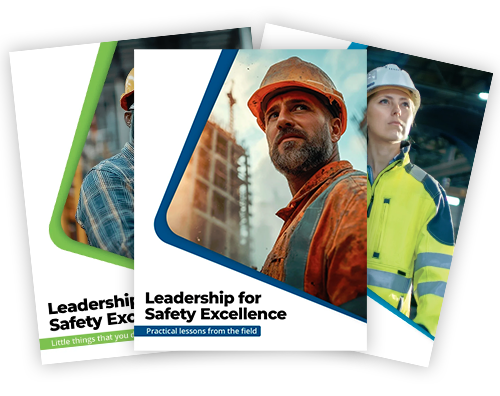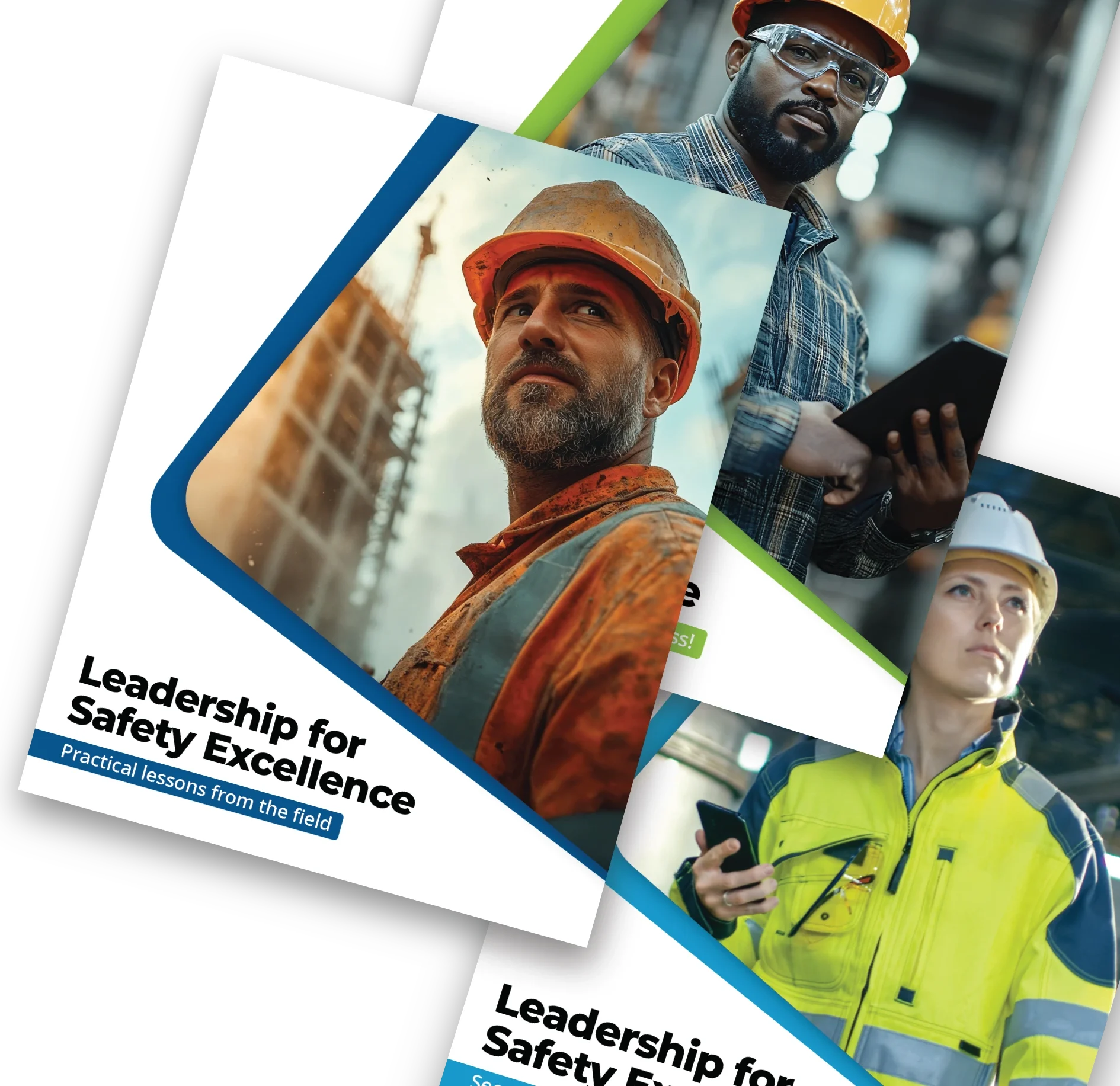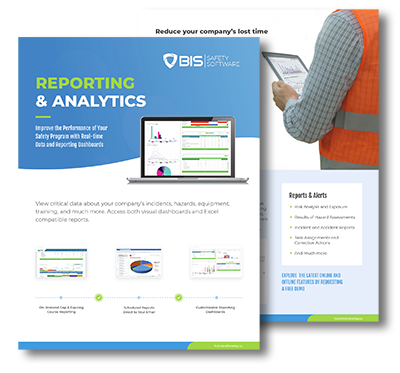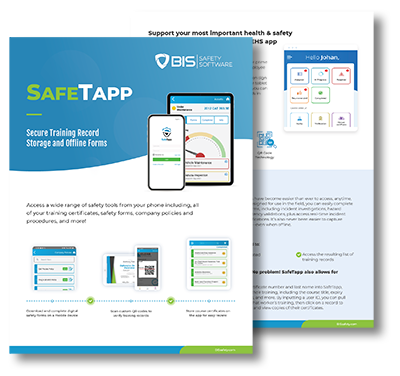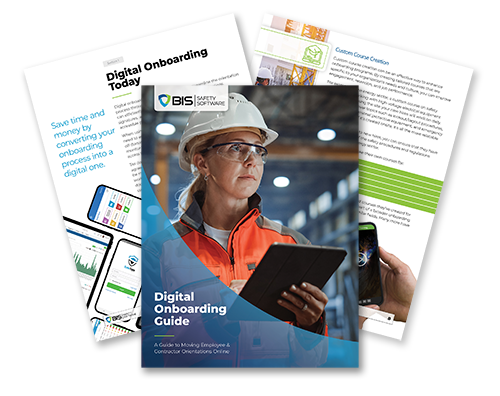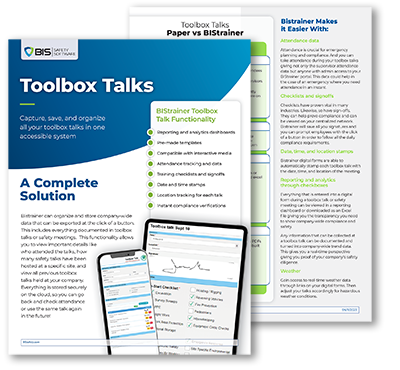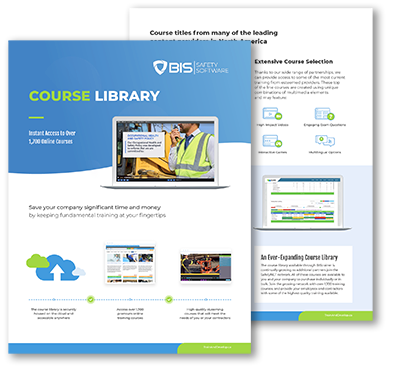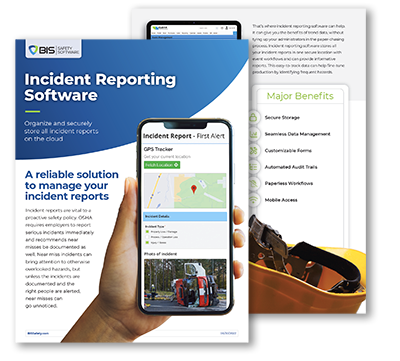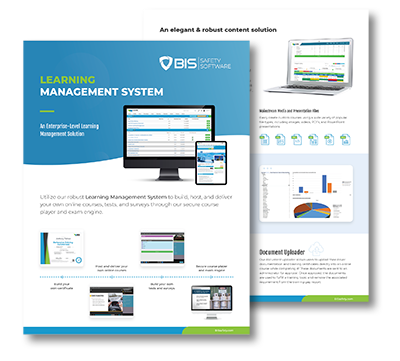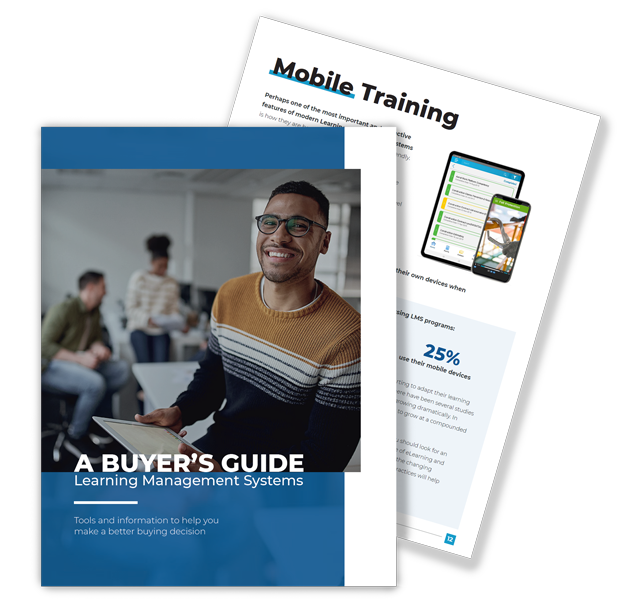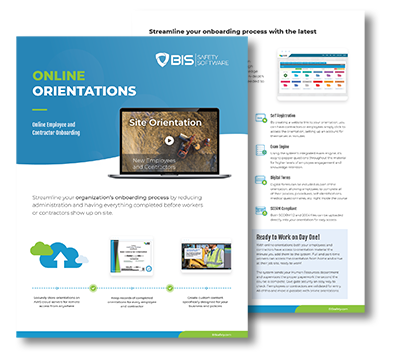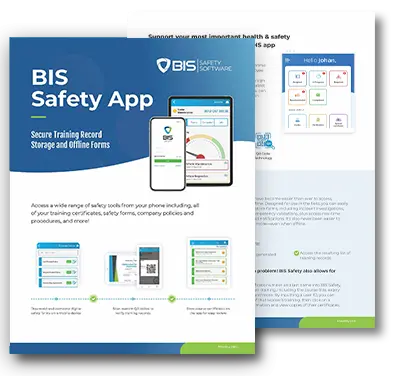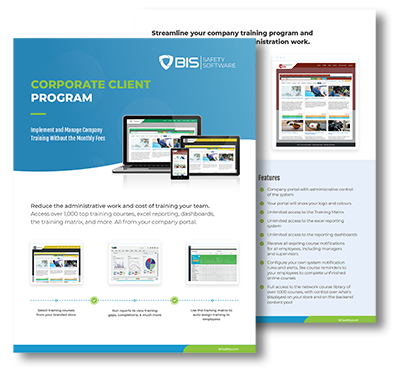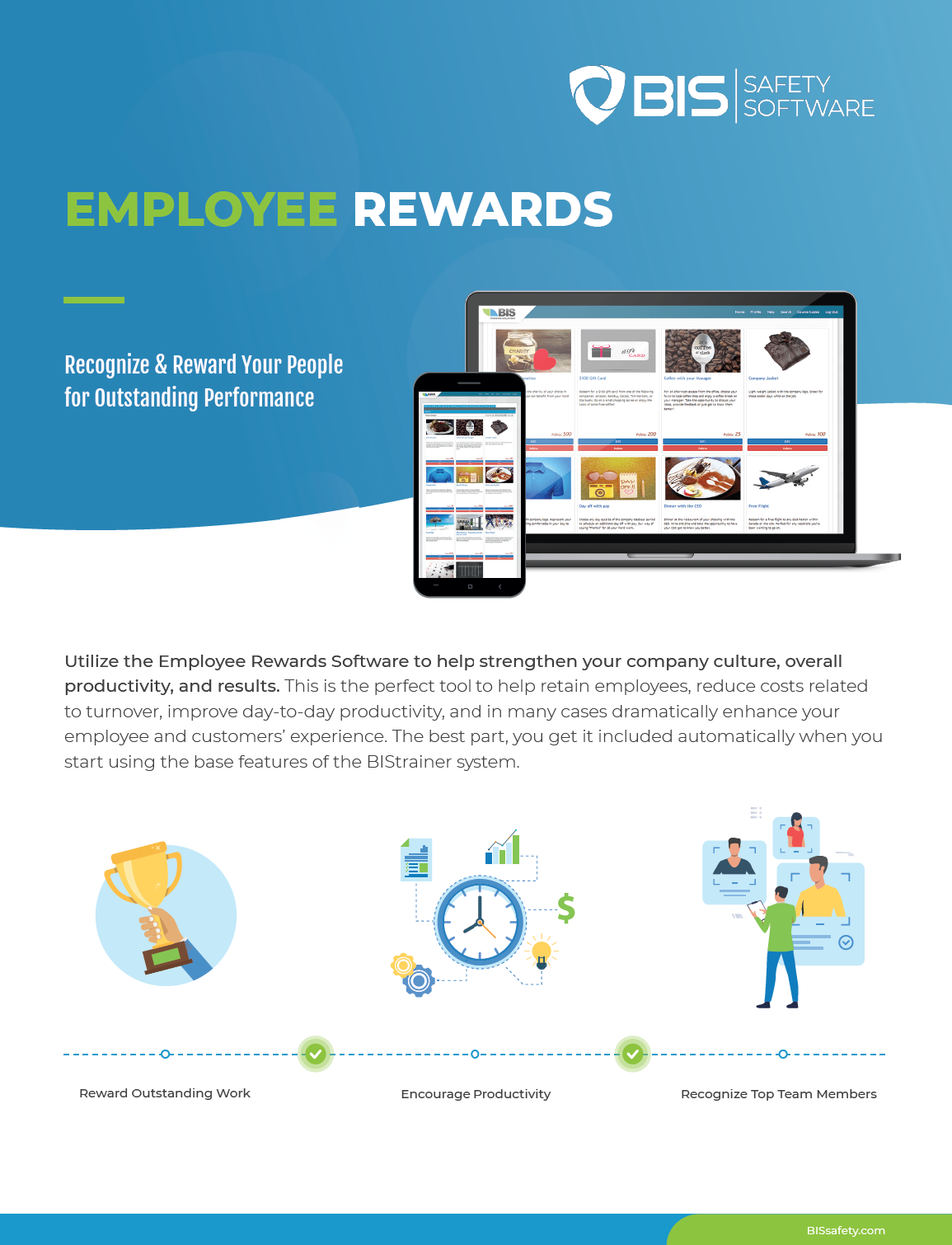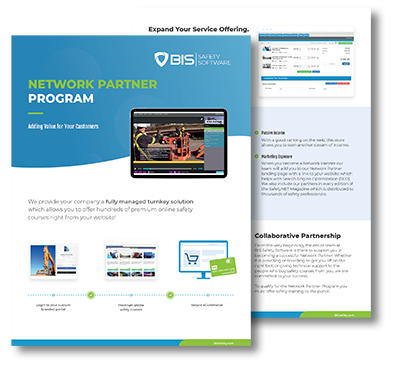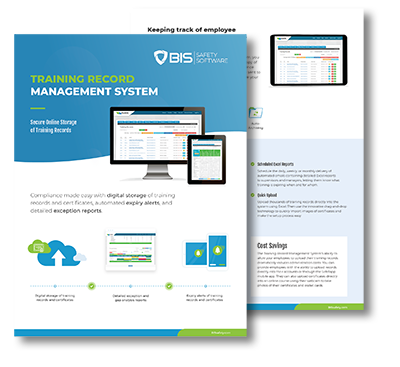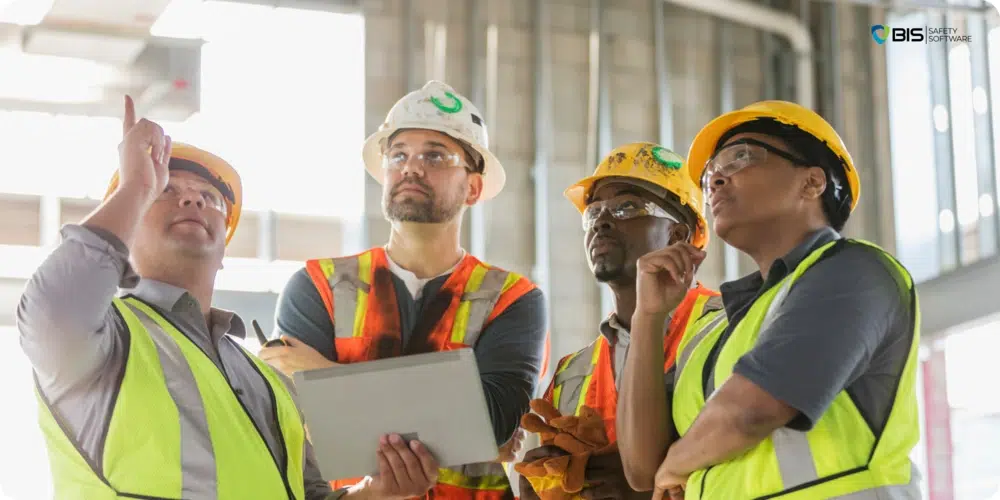
Let Go of the “Tough It Out” Mentality: Real Strength Is Smart Safety
There’s a dangerous myth still lingering in too many workplaces: that pushing through pain, fatigue, or risky situations somehow makes you stronger. It doesn’t. The truth? Grit alone doesn’t prevent injuries—awareness does. And when workers prioritize image over safety, the consequences can be devastating.
That old-school “tough guy” mindset—where asking for help is seen as weakness—isn’t just outdated. It’s hazardous. Most workplace injuries aren’t random—they happen when people ignore the signs and try to power through instead of speaking up.
The result? No one wins. Not the individual. Not the team. And definitely not the company.
1. Why Pushing Through Can Push You Into Trouble
Workplace safety is built on teamwork. But the push-through-at-any-cost attitude puts everyone in jeopardy. Here’s what that kind of thinking actually leads to:
- Minor injuries turn major. What starts as a sore shoulder or stiff back can turn into a serious long-term injury if left unreported.
- Bad habits spread. When someone skips PPE or lifts improperly and gets away with it, others take that as permission to do the same.
- Fatigue becomes dangerous. Exhaustion slows down reflexes and dulls decision-making. All it takes is one mistake to trigger a serious incident.
- Asking for help gets a bad rap. When workers are afraid to speak up, dangerous conditions go unaddressed—and people suffer for it.
When someone gets hurt, the ripple effect is real. Others have to cover more ground, take on extra strain, and face higher risk themselves. One avoidable injury can start a chain of hazards that impacts the whole crew.
2. Real Toughness Means Knowing When to Ask
Being smart enough to speak up when something’s off? That’s strength. Knowing your limits? That’s experience. There’s nothing weak about asking for help—it’s called using your resources to get the job done safely.
Even the most seasoned worker can get sidelined by an injury if they ignore what their body’s telling them. No amount of experience protects against exhaustion. Taking a break isn’t slacking—it’s staying sharp.
And looking out for others is part of the job. If someone’s clearly struggling—tired, overworked, or handling more than they should—stepping in shows leadership. It’s not soft. It’s smart. A strong crew protects each other, period.
3. Changing the Story—From Pride to Prevention
Shifting the culture away from bravado takes effort and intention—from the top down and the bottom up. Here’s how teams can lead the change:
- Model the right behavior. When leaders ask for help and take rest seriously, it sets the tone. Safety becomes the expectation, not the exception.
- Open up the conversation. Normalize reporting hazards, flagging discomfort, and calling out unsafe behavior. It’s not weakness—it’s ownership.
- Train beyond the basics. Go deeper in safety programs—include fatigue awareness, lifting strategies, and team-based hazard management.
- Celebrate safe choices. Recognize workers who prioritize smart decisions. When people are rewarded for doing the right thing, they’ll keep doing it.
- Tear down the stigma. Challenge the idea that real workers “tough it out.” Real professionals stay safe, support their team, and speak up early.
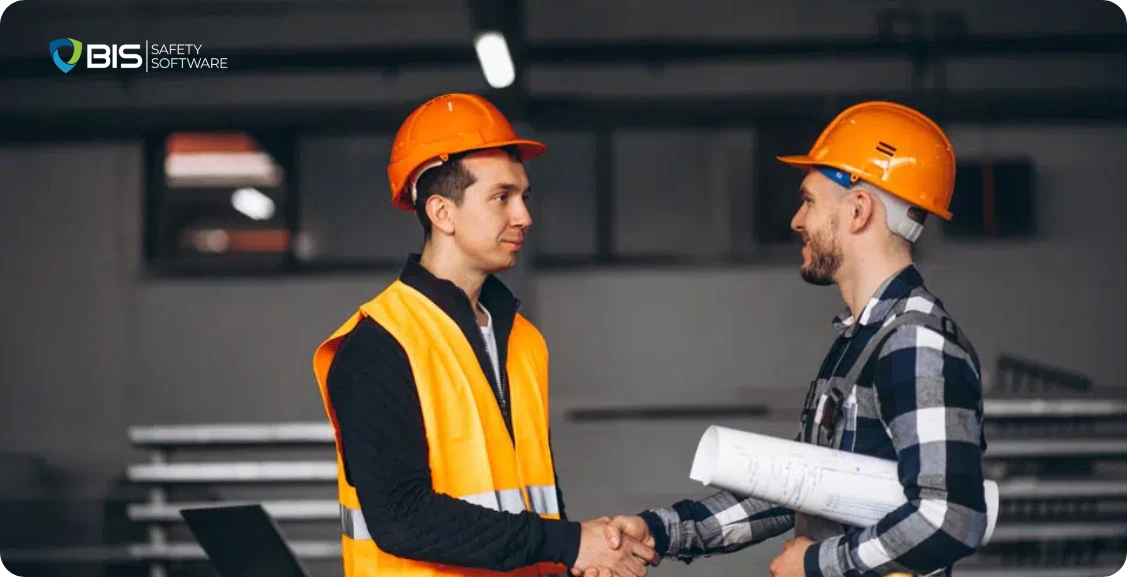
4. Final Word: Being Safe Is Being Strong
There’s nothing heroic about pushing through pain or ignoring warning signs. The strongest workers are the ones who know when to hit pause, ask for backup, and prioritize their safety—and their crew’s—above everything else.
It’s time to rewrite the narrative. Safety isn’t a sign of weakness. It’s a mark of professionalism, responsibility, and strength.





